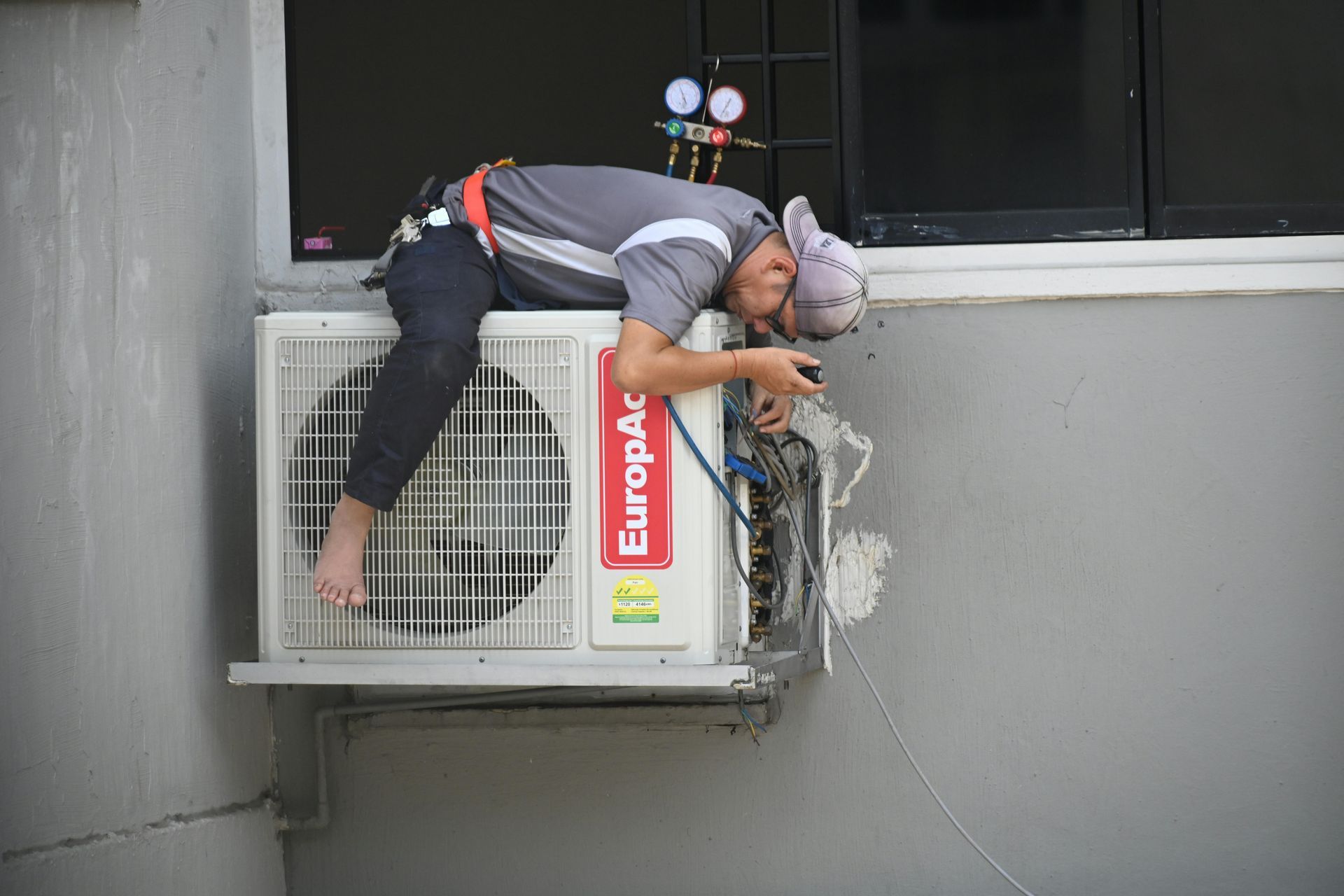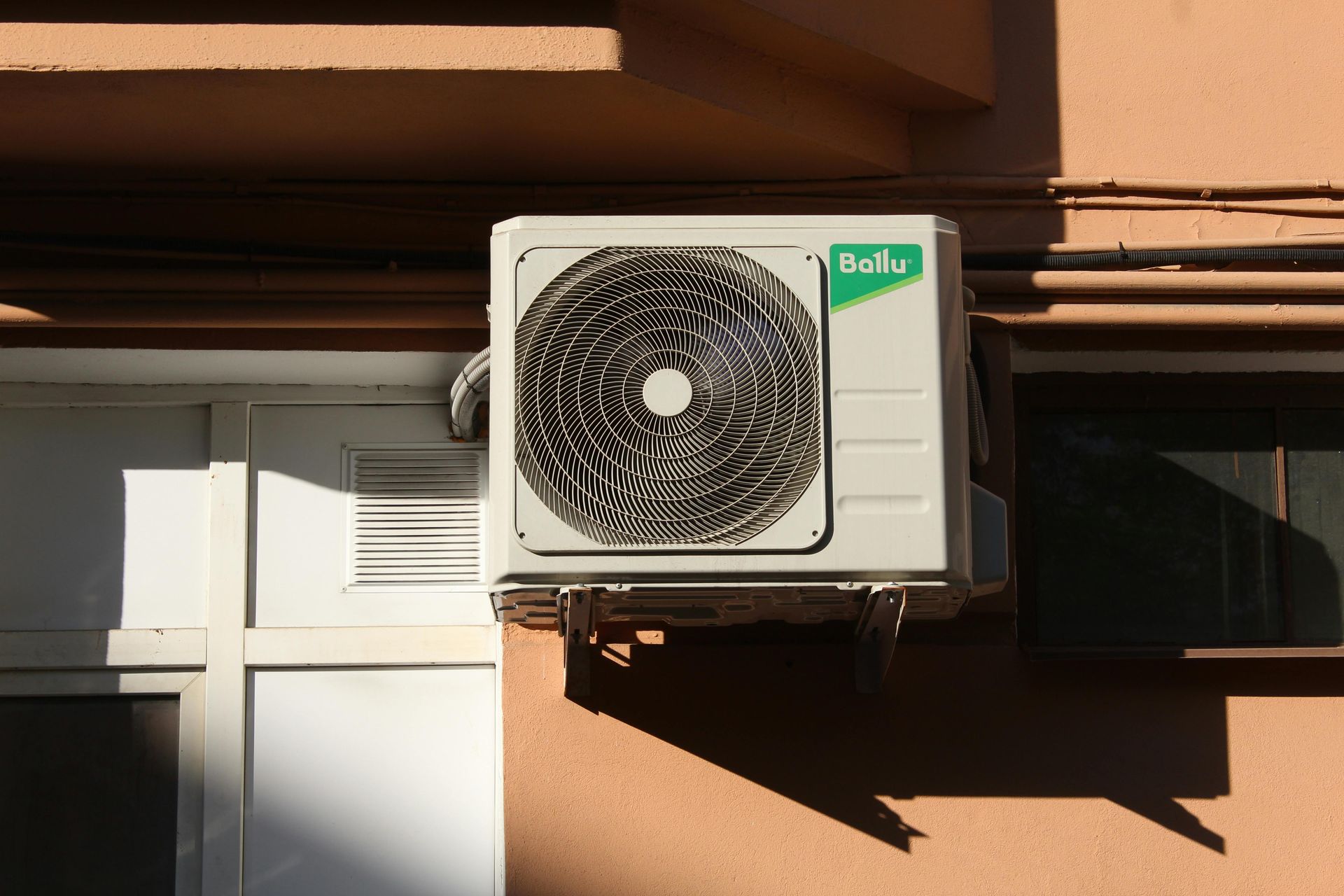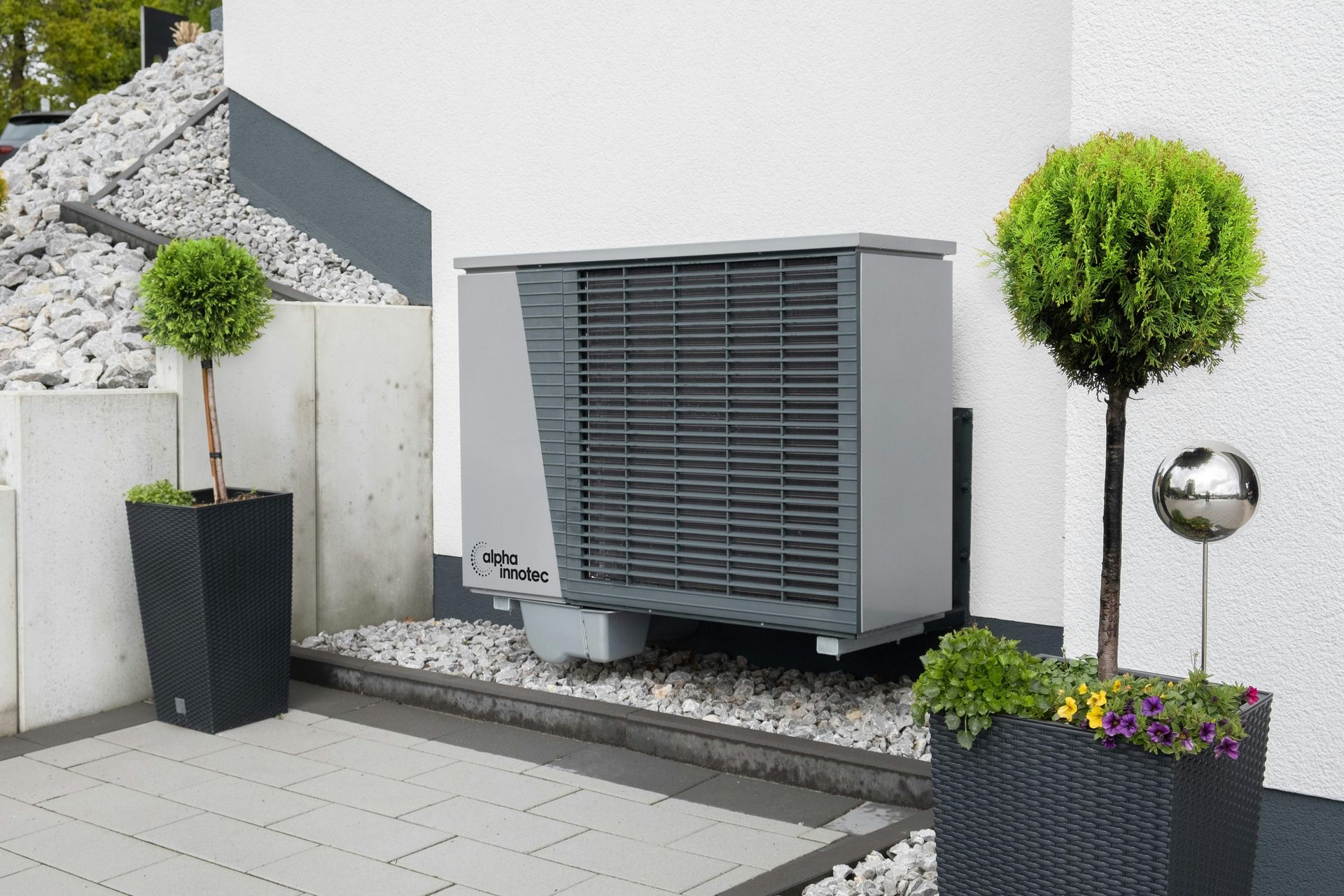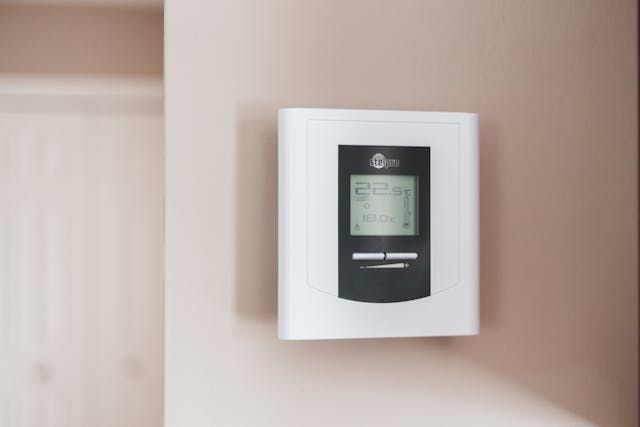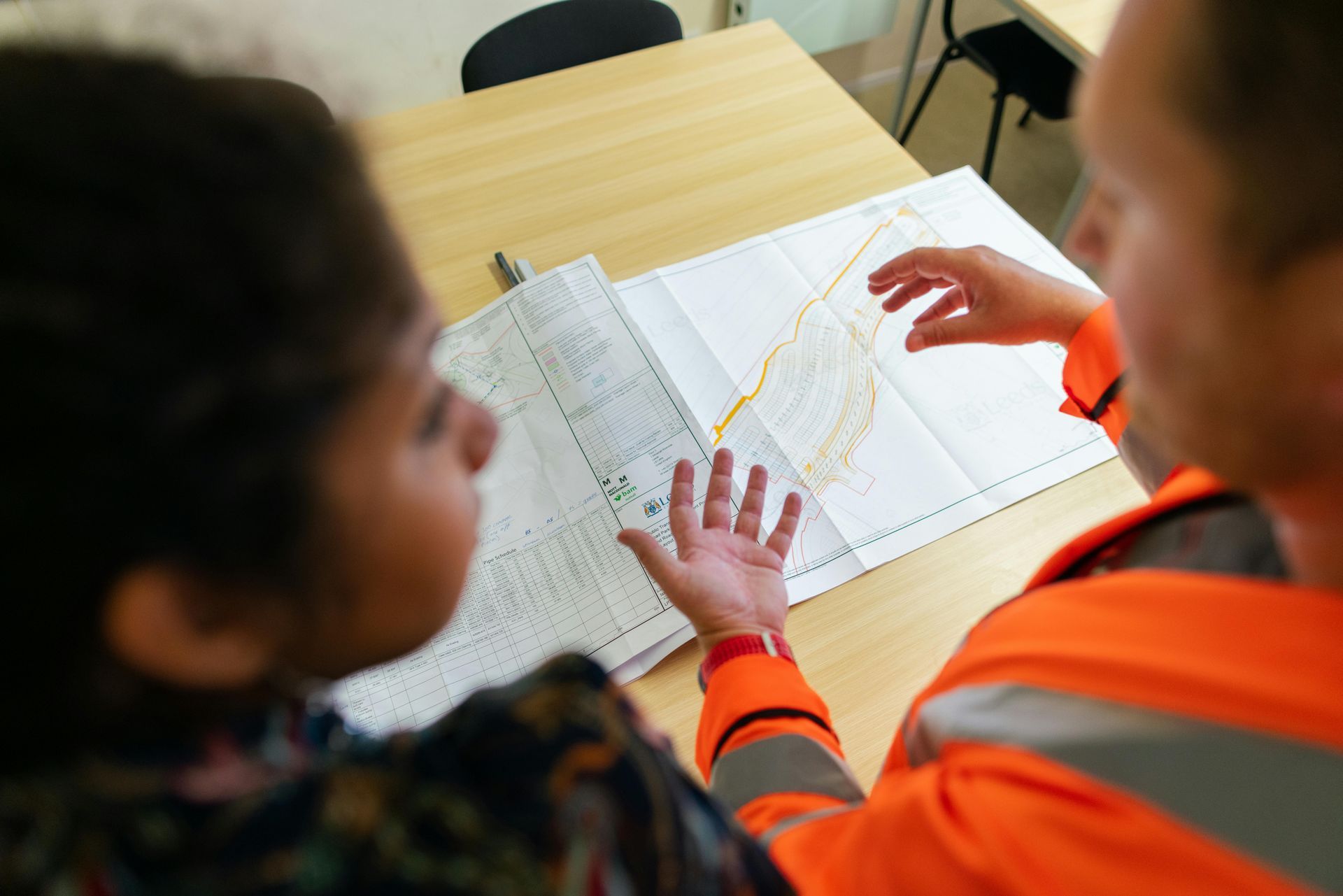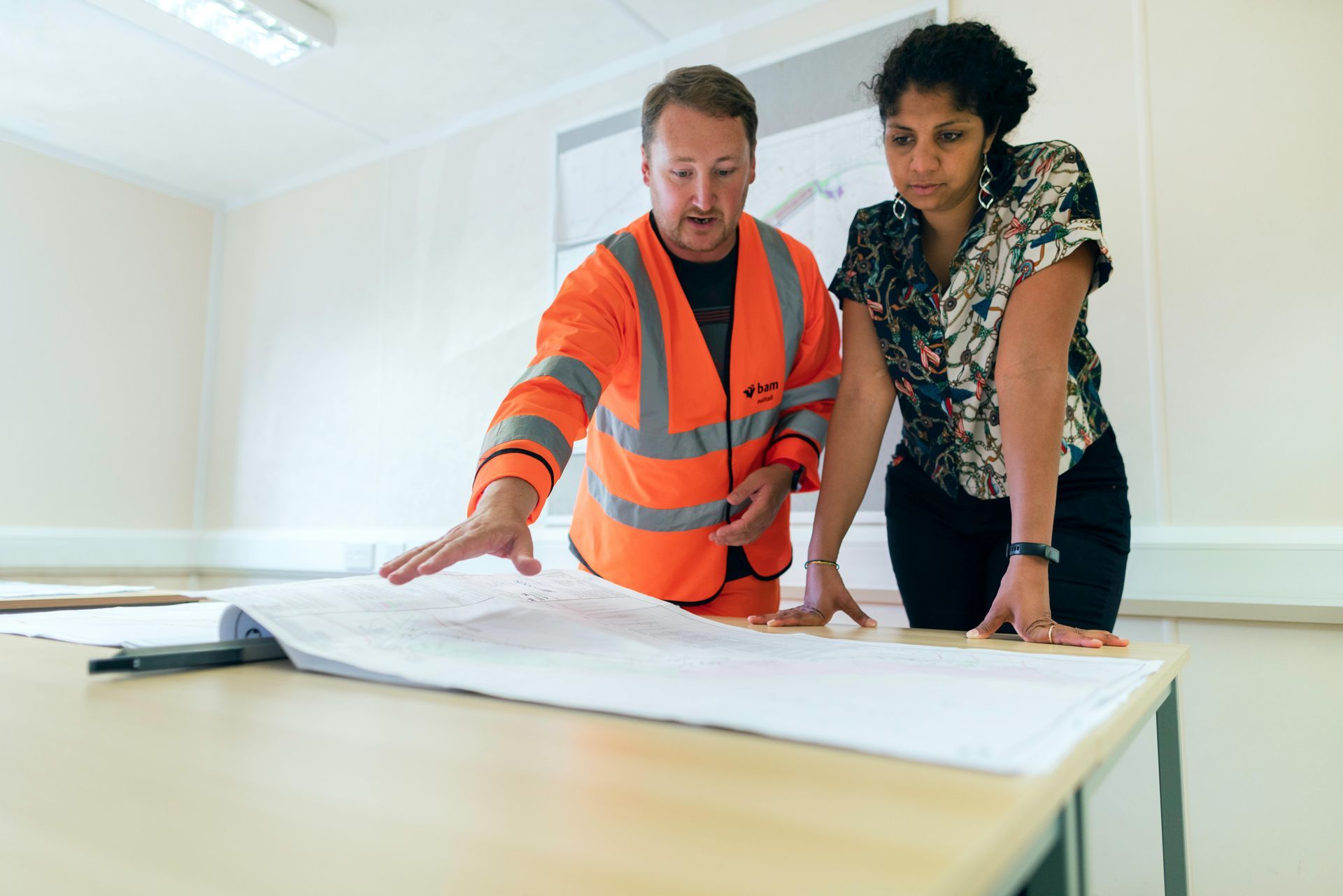Key Steps for a Successful HVAC Installation
Every HVAC installation requires detailed coordination, from system evaluation to final testing. Planning an approach carefully helps to make sure the system is both efficient and durable once it is in operation. C&C Service offers heating and cooling solutions through a structured process tailored to each property’s specific requirements. Here are a few steps that help provide a successful installation:
Evaluating the Home to Establish Requirements
Before any work begins, a thorough evaluation of the home is necessary to determine the correct system size and design. Square footage, ceiling height, insulation levels, and the condition of existing ductwork all play roles in load calculations. Technicians combine digital tools with visual inspections to locate problem areas, such as rooms that struggle to maintain even temperatures. These steps guide decisions about the type of system that will work best.
Technicians review duct layout and air return placement simultaneously. Homes that have undergone recent remodeling or layout changes may require adjustments to their ductwork. If this step is rushed, the system may end up being improperly sized, leading to uneven airflow and energy loss later. C&C Service conducts meticulous evaluations of your home and its specific needs, enabling personalized HVAC installation services.
Selecting Equipment That Matches the Setup
Selecting equipment involves striking a balance between capacity, efficiency, and compatibility. Ducted systems are standard, but high-efficiency heat pumps and ductless mini-splits are available for certain layouts. Some homes benefit from a zoning setup that divides spaces into independently controlled areas. The indoor and outdoor units must be properly matched to avoid performance issues. When outdated components are combined with modern systems, energy use and wear can increase. For this reason, equipment compatibility is checked early in the planning stage. Technicians also review fuel sources, ventilation needs, and potential smart thermostat integration. The end goal is to match a system to your home’s design and mechanical capabilities.
Preparing the Space Before System Placement
Once equipment is chosen, the space is prepared to accommodate new components. Preparation often involves removing outdated systems and clearing the area. Older setups may not meet current safety codes, so certain elements might require updates.
Homes with slab foundations or crawlspaces may need the ground leveled to avoid vibration damage. In attics or closets, clearance issues can limit both installation and future maintenance, so these obstacles must be addressed first. This is also the stage when electrical wiring, gas lines, and drain pipes are checked for compliance with current standards.
Installing System Components for Use
The installation process begins by anchoring both indoor and outdoor units, verifying each is securely placed on a stable base. Technicians route refrigerant lines, secure insulation, and connect electrical wiring. They also test drain lines to confirm proper flow direction and avoid water damage.
Airtight duct connections are another priority during this step in the process. Any loose or leaky joints are sealed to maintain consistent airflow throughout the home. Refrigerant levels are also adjusted using precise pressure and temperature checks, while electrical connections and thermostat wiring are verified. Once the technicians assemble the system, airflow and static pressure readings are taken to make sure the unit is operating within its design parameters.
This stage also involves a final inspection of all new components. C&C Service reviews every connection point, confirms sensor placement, and verifies that heat exchangers and coils have proper clearance. System checks like these reduce the likelihood of future mechanical issues resulting from minor oversights during installation.
Scheduling a Maintenance Plan Early On
Establishing a maintenance plan soon after installation helps extend the life of your system. Seasonal tune-ups address airflow restrictions, worn components, or coil cleaning needs. These visits may also keep warranties valid, which can be useful if you need future repairs.
Some service plans include filter replacements and duct inspections. These tasks help maintain system performance throughout the year. Having a structured plan in place helps to create fewer technical surprises and better energy efficiency over time.
Get an HVAC Installation Service
HVAC installation is as much about precision and planning as it is about equipment. Missing key steps can lead to unnecessary wear and reduced efficiency. C&C Service uses a detailed approach to align the equipment with the home’s layout and needs. For reliable HVAC installation, connect with our team and find out more about our services.
